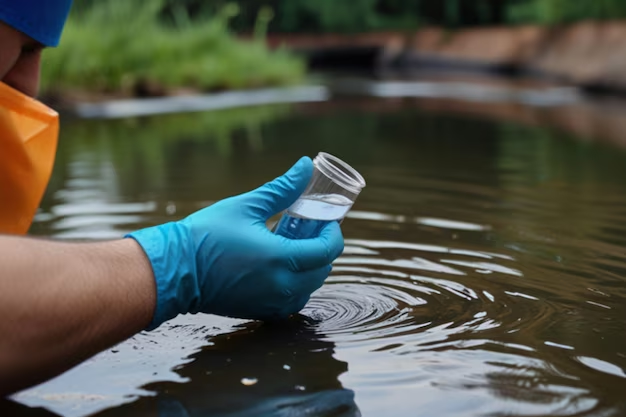Need Help with Emergency Community Water Assistance Grants? Here's Your Guide
When disaster strikes, clean water is often one of the first essentials to become scarce. For communities facing such a crisis, Emergency Community Water Assistance Grants (ECWAG) can be a lifeline. These grants, administered by the United States Department of Agriculture (USDA), provide vital support to rural communities that suffer from a significant decline in water supply due to disasters and emergencies. Here’s what you need to know about accessing these essential resources.
What Are Emergency Community Water Assistance Grants?
ECWAG are designed to help communities that experience a sudden and substantial reduction in water supply or quality. This covers situations such as natural disasters, water contamination, and infrastructure failures. The funding primarily supports the construction of waterlines, repair of existing infrastructure, installation of water treatment facilities, and other emergency measures to restore safe and efficient water access.
Who Is Eligible for ECWAG?
Eligible applicants include rural communities with populations of 10,000 or fewer, public bodies, non-profit organizations, and federally recognized tribes. Applicants must demonstrate an urgent need for assistance and show how they plan to implement emergency solutions for restoring safe water services to their community.
How to Apply for ECWAG
Identify Need: Clearly define the problem affecting your community’s water supply. This could include contamination, damaged infrastructure, or diminished water quality.
Prepare Documentation: Gather all necessary documentation that proves the urgency and nature of the need. Include evidence of what has specifically led to the water supply problem, such as natural disaster reports or contamination analysis.
Contact the USDA: Reach out to your USDA Rural Development office to discuss your situation. They can provide guidance on the application process and help you determine eligibility.
Submit an Application: Fill out and submit the ECWAG application, including a detailed action plan for how your community will use the funding to resolve the water issues.
Work Quickly: Since these grants target emergencies, it’s essential to act quickly, ensuring your community can promptly access the necessary water resources.
Future Planning: Beyond ECWAG
While ECWAG can provide immediate relief, planning for the future is crucial to sustain a stable and safe water supply. Communities should consider investing in long-term infrastructure projects, continuous monitoring systems, and sustainable water management practices to prevent future crises.
This leads naturally into the broader landscape of financial assistance and planning resources. Many communities find the following resources helpful in further strengthening their financial resilience:
Government Aid Programs: Explore additional USDA programs focused on rural development and infrastructure improvement.
Financial Assistance and Debt Relief Options: Investigate options such as Community Development Block Grants (CDBG) and other federal or state-backed financial support programs.
Credit Card Solutions: Use strategic credit management to finance immediate repairs while awaiting grant funding.
Educational Grants: Support community-wide education programs focusing on water conservation and crisis management.
By leveraging these broader financial and educational tools, communities can bolster their readiness for future challenges while enhancing their quality of life in the long term.
Quick Reference: Essential Financial Resources
- 💧 USDA Rural Development Programs: Offers various infrastructure funding opportunities beyond ECWAG.
- 📋 Community Development Block Grants (CDBG): Provides flexible funding for community health initiatives and crisis recovery.
- 💼 State-Specific Aid Programs: Research local government assistance tailored to specific regional needs.
- 📚 Educational Initiatives: Grants for community education around sustainable water use and disaster preparedness.
- 💳 Micro-loans and Credit Options: Short-term financing solutions to manage immediate cash flow needs during emergencies.
Navigating through a community water crisis is an immense challenge, but with the right strategies and resources, it is entirely possible to overcome it effectively. Consider these options as part of a broader toolkit designed to help rural areas thrive, even in the face of adversity.

- A Comprehensive Guide To The Senior Companion Program
- Comprehensive Guide To The Biotechnology Risk Assessment Research Grants Program
- Agriculture Innovation Center Demonstration Program: Your Comprehensive Guide
- The Agriculture And Food Research Initiative - Food Safety Challenge Area: A Guide For Consumers
- Agriculture And Food Research Initiative - Childhood Obesity Prevention: A Comprehensive Guide
- Understanding Federal Transit Grants For Rural Areas
- Understanding The Homeless Veterans' Reintegration Program
- Unleashing Opportunities With The YouthBuild Program
- Understanding Native American Housing Block Grants
- Unleashing The Residential Rehabilitation Assistance Program: The Definitive Guide